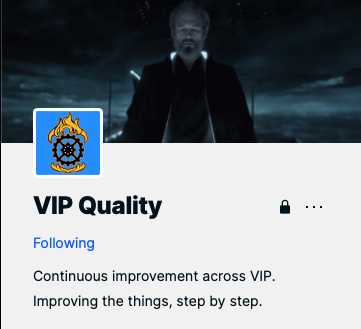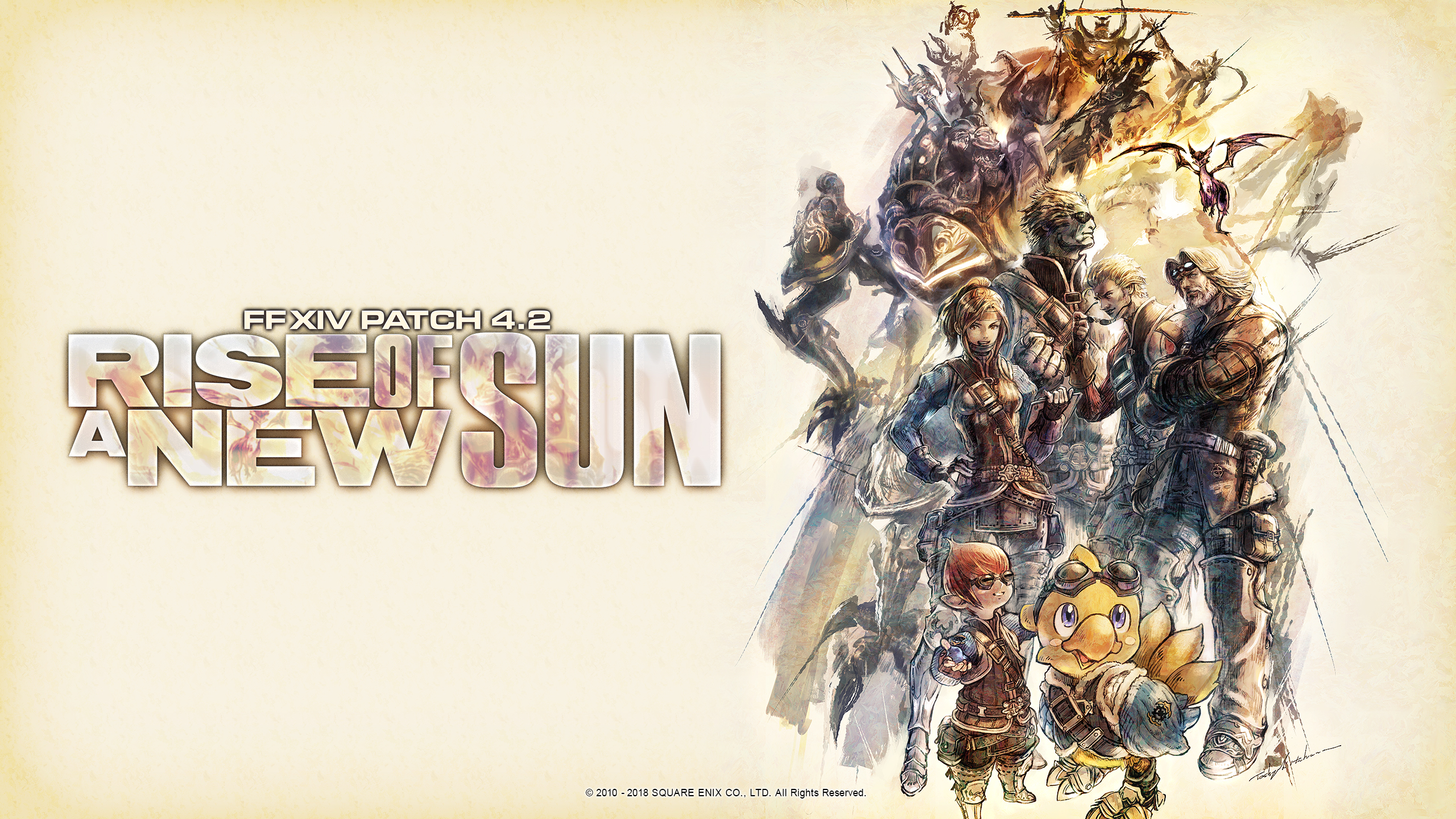At work, I have taken it upon myself to try and spearhead various initiatives within our Customer Success team that act to push forward how we work and what we work on, as iteratively as possible, taking into account various feedback channels and measurements, and involving anyone who is interested either in reporting something that could use optimization or helping to optimize something that needs help.
We use a threaded discussion system called P2 to do most of our asynchronous communication at work, as we are a globally-distributed company. I have teammates around the world, and we need to collaborate and work with each other “overnight” (which is a relative term, as is, say “summer,” or even “Thursday”).
For each P2, we have a small sidebar image, tagline, and site icon that’s generally chosen by the person who starts that P2. Here’s what I chose for the Quality project P2:

I felt like sharing why I went with these things, because I don’t ever choose anything for no reason, though I am known for occasionally doing so out of whimsy.
The sidebar header is a moment from Tron: Legacy, as the film heads into its climactic scene, and the main characters are on the run. Flynn explicitly takes a moment to stop, head to the deck of the solar sailer, close his eyes, and find calm.
As he leaves to do so, he says:
“The old man’s gonna knock on the sky; listen to the sound.”
“Knock on the sky; listen to the sound” is apparently a somewhat old Zen saying. Sometimes, calming your mind and opening it to what is around you is the way to find inspiration, insight, or guidance that might be in front of you. It’s challenging to do this when you are running from thing to thing, or very frustrated, or distracted—but that’s maybe when you need to do it the most.
The site icon is the logo of Garlond Ironworks, a group of scientists who study various ways to use machines in the world of Final Fantasy XIV. The motto of Garlond Ironworks is:
“Freedom through technology.”
They intentionally do not study or manufacture anything that can be used for tyranny’s gain. It is a gathering of intelligent people who wish to utilize and study technology for purposes of lifting up all people.
Now, I don’t remotely pretend to view the work I do on supporting customers or improving internal things as being relevant to that ethical quandary specifically, but it does serve to remind me of two things: that ingenuity can come from a variety of sources and from all sorts of people, and that we have a choice regarding whether to further technology to good or evil ends. (The former is definitely why I chose to use it in this specific context.)



